Online mudslinging is no longer possible without the court intervening. Disappointed? A guide to what you can still do
It seems that every party must come to an end. It is highly likely that a massive, recently filed lawsuit has marked the beginning of the end of the blitz of guerrilla warfare waged through negative campaigns on social media. On the other hand, proponents of negative new media tactics will no doubt come up with a solution. Teva has sued Abbott, importers of Similac infant formula in Israel, for 40 million shekels following a “mendacious and covert slur campaign” it allegedly waged against Teva, claiming that Abbott, through the marketing agency Leaders, which purports to employ “media opinion leaders”, used fictitious social media profiles who responded to advertisements for Nutrilon baby formula (a rival product) with defamatory comments such as, “What they’ve been saying about Nutrilon lately is scary”, or, “I don’t trust them at all”. The goal (according to the statement of claim, of course) was to create the false impression of a negative buzz against Nutrilon.
Running a negative campaign behind fake accounts affords more than a bit of fun. The young people in charge of the job come to work with a smile on their face. Not only is it a livelihood, it’s a game: you get to be invisible and shoot poisoned arrows at rivals, and they don’t get where they’re coming from. Like a Fortnite warrior who has taken a few slugs of shield potion, you shoot wit and smart remarks, and no one can counter you. You’re a superhero. What a party!
But their slightly older managers need to be on the lookout for the accompanying pitfalls. The Teva lawsuit mandates that the route be recalculated. Perhaps the familiar methods employed by negative campaigns are becoming rife with obstacles. The more sophisticated this market becomes, so do the skills and tools for detecting negative campaigns, as well as browsers’ senses. Like every virus that sends the world into a frenzied search for a vaccine, online guerrilla warfare hastily dispatches industrial intelligence firms and independent developers to track fictitious users and rival messages. The interest here is shared by the platforms. Facebook and Twitter prefer you to further your business goals by paying for the variety of service packages they will be happy to offer you, and not through users getting paid the marketing budgets they crave for themselves.
The dangers to which these campaigns are prone are diverse. Exposing the campaign not only involves short-term media embarrassment, but also danger to the values identified with the brand, damage that is liable to last for a long time. From the legal aspect, the danger is twofold: first, libel suits like the one recently brought by Teva. A suit of this kind in itself embodies long-term damage to the brand, besides the millions it is liable to cost in proceedings and in a settlement or judgment. The second danger (albeit less probable at the moment) is complaints by the Consumer Council with regard to breaches of the Consumer Protection Law as far as covert advertising is concerned.
That being said, what does one do? One should do, but wisely. A negative campaign involves certain risks, and like all business activity, it calls for risk management. Risk mitigation in the new reality mandates recognizing that the activity might be exposed. This means that in a negative campaign, only statements that can be substantively supported should be made. Whether the statement was made by “someone in the know” or through “check it out, you won’t believe it” is of lesser importance. What is more important is being able to present some sort of basis for what is said. The arguments embedded by the campaign in the social media discourse cannot be slander for slander’s sake, formulated by kids on summer vacation. They must be substantive, fleshy and well planned.
Another implication of the new reality is that everything that must be done with transparency should be done with transparency. There is an advantage to an open argument that contains the kind of drama that social media loves, which involves real people one can respond to and debate with, as opposed to robots (real or human) which bandy about catchwords and then disappear.
The new tactics deployed by negative campaign warriors must include planning, substance and caution. The days of “check it out, you won’t believe it” are perhaps behind us. New days of planning and content that are more careful and meaningful lie ahead.


